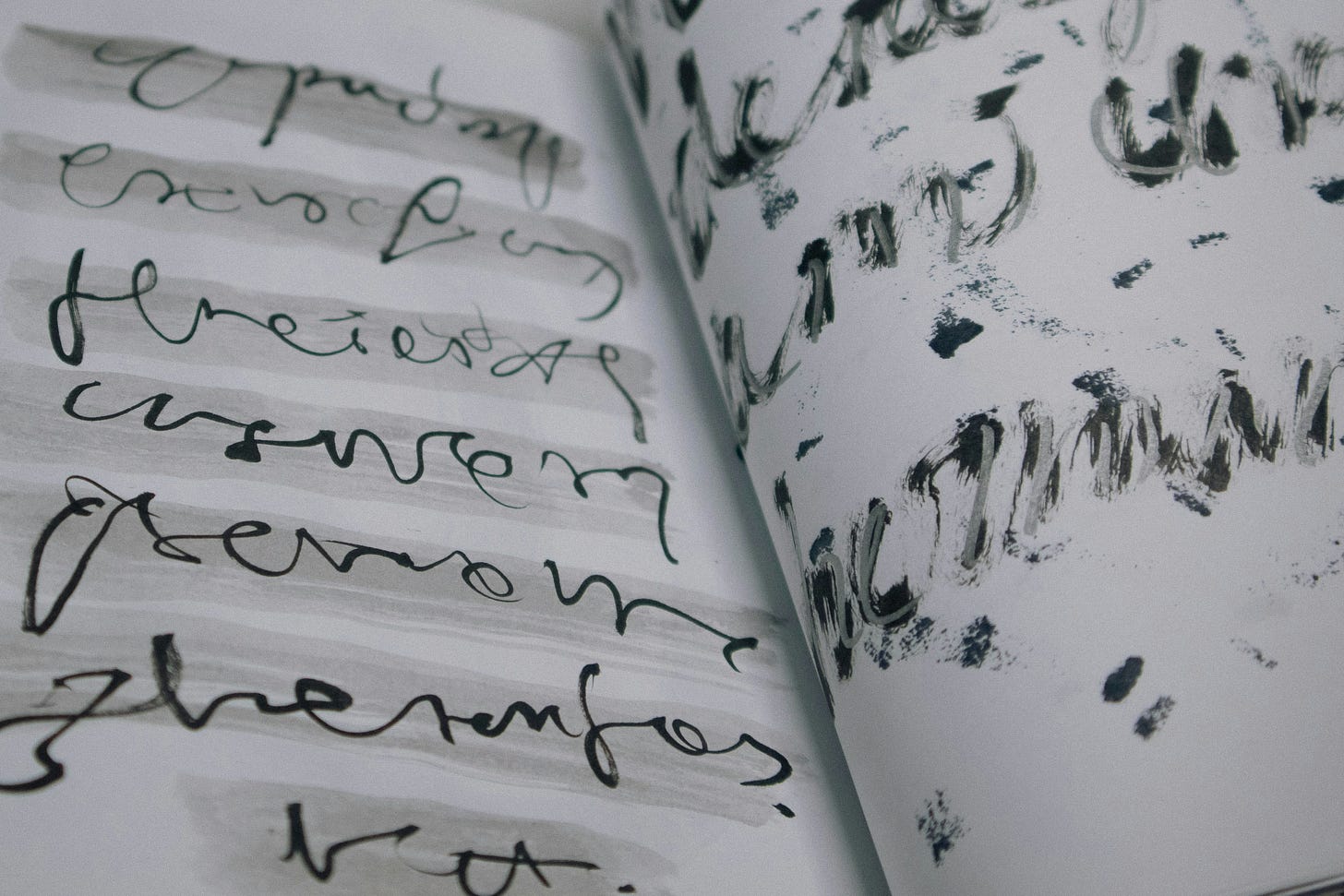The Value of Nonsense
Get ready with me to split my brain, if you can bear to watch.
One of my favourite lessons under gaslighting and manipulation by Blair Warren is alluding to the mysterious.
It’s one of the ways people establish their credibility. Using terms that are exclusive to your field that even your client/other people don’t know about so that it appears foreign to them.
It reminded me of one of my therapy sessions when the therapist began to uncover my triggers of extreme paranoia as well as other contributing factors emphasizing exclusive terms in her field, therefore relaxing my defense.
At that point, she could have told me to drink an alligator’s blood and I would have considered looking for it.
This, dear reader, is the value of nonsense.
It is why some people can ‘package’ themselves to look the part, impress people by understanding the value of nonsense, brandishing it, and positioning themselves to be one of the few who truly understand the complexities so that their target audience can trust them.
Of course, it’s great but it also shows our susceptibility to being manipulated by other people.
Funnily, Blair ends this chapter with a quote that won’t leave my head.
It’s amazing what you put up with when you think other people know more than you - Peter McWilliams
On The Value of Interleaving
There are three most popular ways of learning in learning how to learn— spaced repetition, interleaving and active recall.
Interleaving is my favourite. It means to alternate between different concepts and topics while studying instead of focusing on one subject for a long period.
It has its benefits but it’s not the benefits that make it appealing. It’s because it helps my inattentiveness and hyperactive attention issues.
So I’m going to practice interleaving with you too.
We’re going to jump from concepts to concepts just for fun and maybe we’ll see a pattern, or maybe not. Are you ready?
So I recently found out about Anais Nin’s lectures, in the book ‘A Woman Speaks’ and it feels like a stab to my throat except that I’m not bleeding, I just feel helpless.
It is this helplessness that Anais first addresses in the early chapters of her book. She talks about a kind of passivity ingrained in women, that makes them unable to take control of their lives.
She doesn’t support destructive anger. Instead, she believes that women should channel that anger to create.
When the interviewer asked her how others could do that since they could not write like her, her response was beautiful.
She tells them that there is always creation to be done which goes beyond an artist painting or composing.
She tells them they can create all kinds of things—a room, a dress, a child, a plant, a dish. Everything is creative as long as you’re creating in life.
I hope that doesn’t sound vague. I hope it pricks something in you.
Imagine reading those few pages of awesomeness then jumping into the forceful grip of ‘Rational Male’ by Tomassi with his calloused hands tearing down the difference between Alpha Male and Beta Male, explaining the cardinal rule of relationships matter-of-factly.
He has emphasized twice now that the person with the most power in a relationship is the one who needs the other the least.
He tells men to ‘spin more plates’ where each plate is a separate woman being pursued.
His point is that a man is as confident and valuable as his options.
This is what he projects as the abundance mindset.
I feel another stab but this time not in my throat, in someone else’s throat and I’m watching them bleed.
I am very livid and definitely irrational.
I will pause here, and interleave by force.
Stay with me.
Let’s take a break with Black Swan by Nassim. Nassim is the only author who has made me grin twice while reading.
His expressions are laced with a comical undertone and now I am tempted to explore the psychology of humour and wit.
Anyway, in this chapter, he pushes with the narrative fallacy, explaining the problems with platonicity and our desire for order becoming a bias.
We want to patternize everything because we want to make sense of everything so we can feel better.
It’s easier to sell this statement ‘the king died and then the queen died of grief’ as opposed to ‘the king died and the queen died’ because it is easier to remember the first statement with less effort.
This single fact is what leads to mistakes in our assessment.
The more you summarize, the lesser the randomness, so we sit thinking the world is less random than it actually is.
I love Nassim but even this statement may be born out of bias because I’m guilty of seeking patterns instead of looking at things without forcing a relationship so they can make more sense.
In that case, maybe I don’t know if I love Nassim. I have to embrace non-theorizing too since I have a habit of loving crazy authors.
This problem of over-causation is what we live for, in the news, market moves, academics, everything.
Nobody wants to embrace abstraction because it would mean we would have no control so we would rather embrace notions and causes without any empirical validity.
Nassim provides a solution.
He says that for you to avoid the narrative fallacy, you should favour experimentation over storytelling, experience over history and clinical knowledge over theories.
Oh, the bliss of ignorance.
Although one of the benefits of the interleaving method is to understand concepts better by identifying patterns, it kind of triggers the narrative fallacy and this irony is the funniest thing I have concluded today because it somewhat makes everything nonsensical.
This marks the end of our interleaving exercise, my beloved. You can exhale now.


